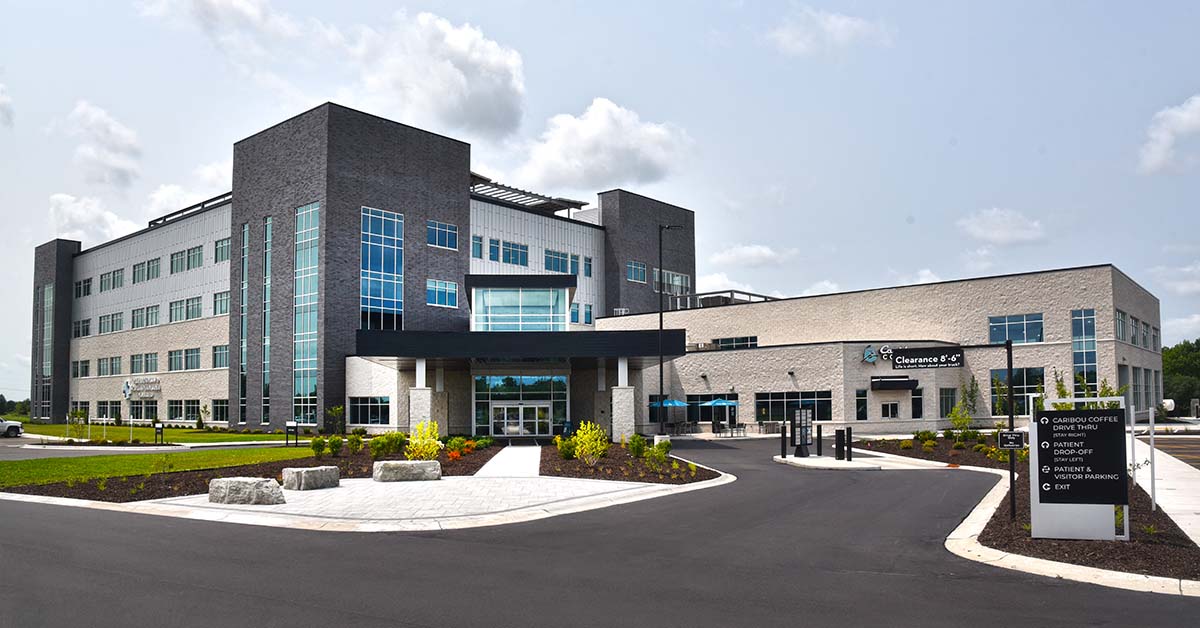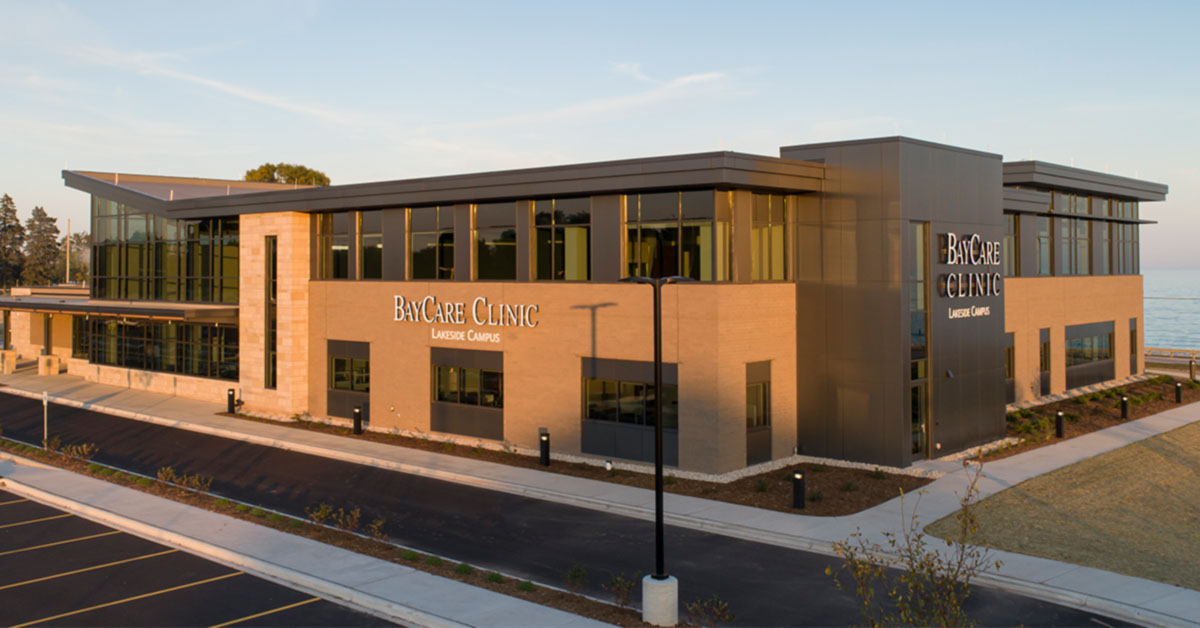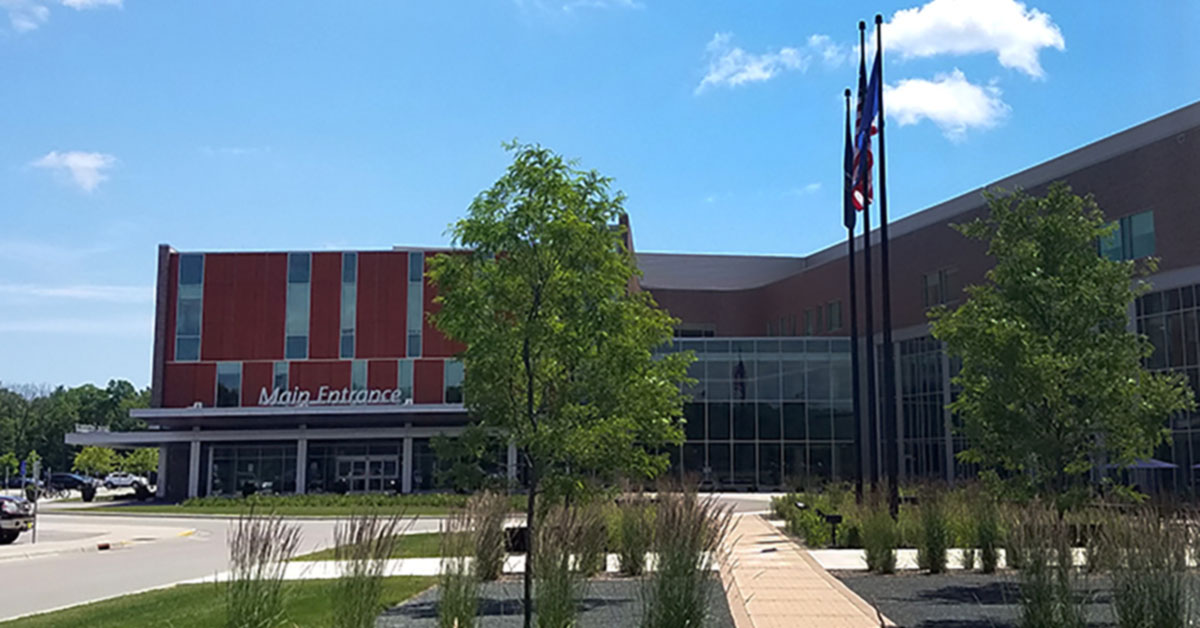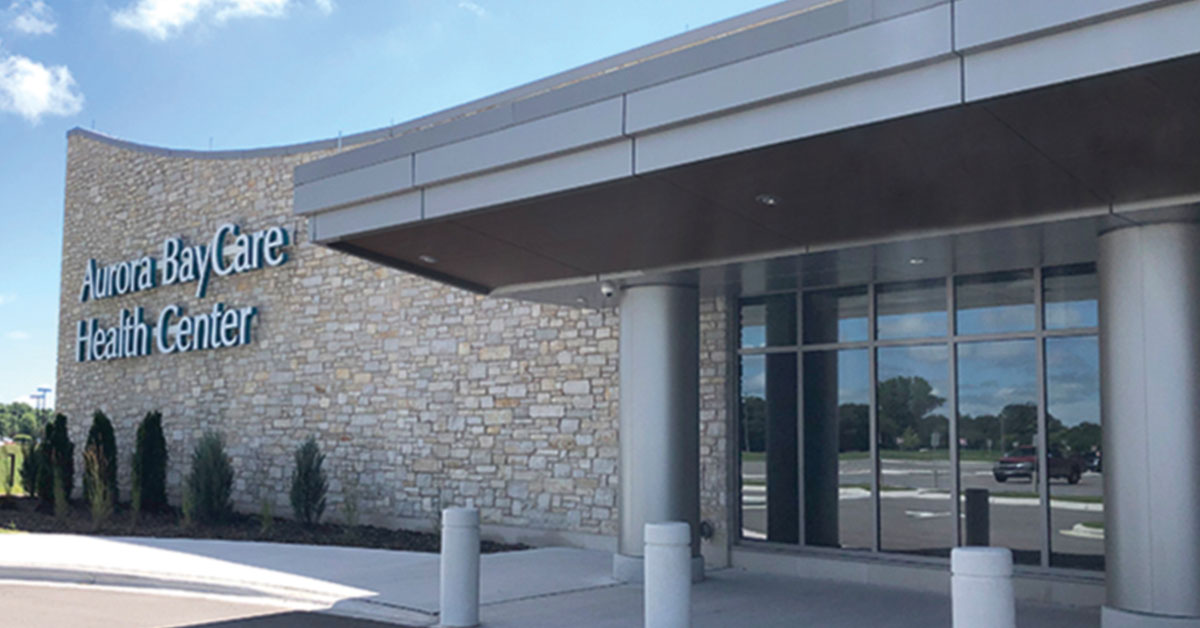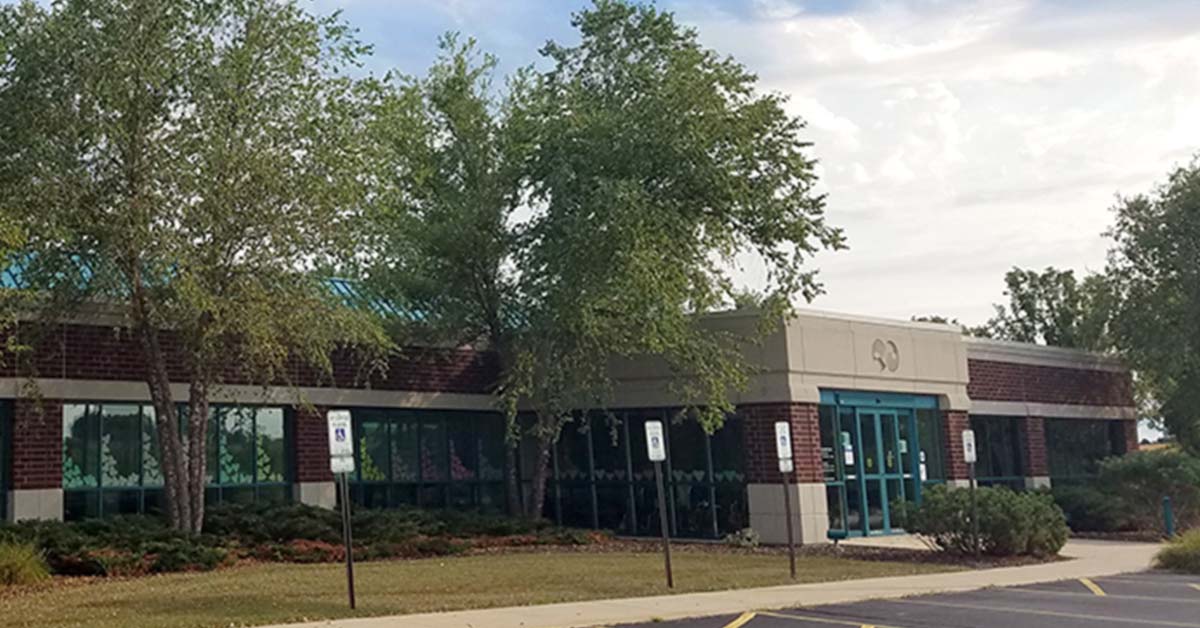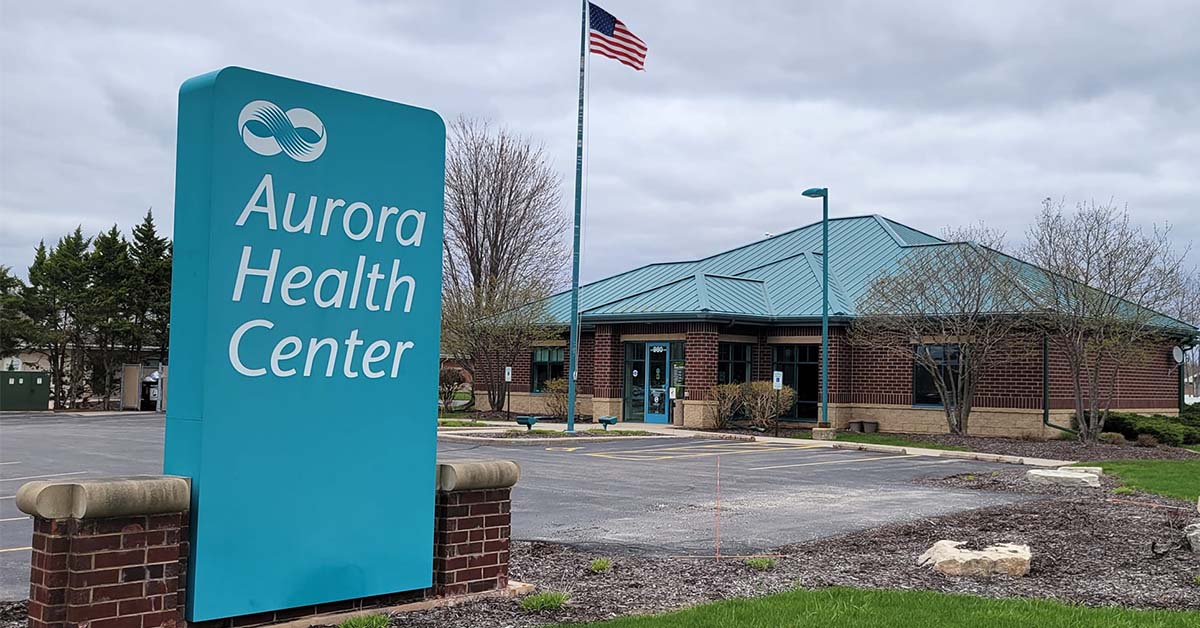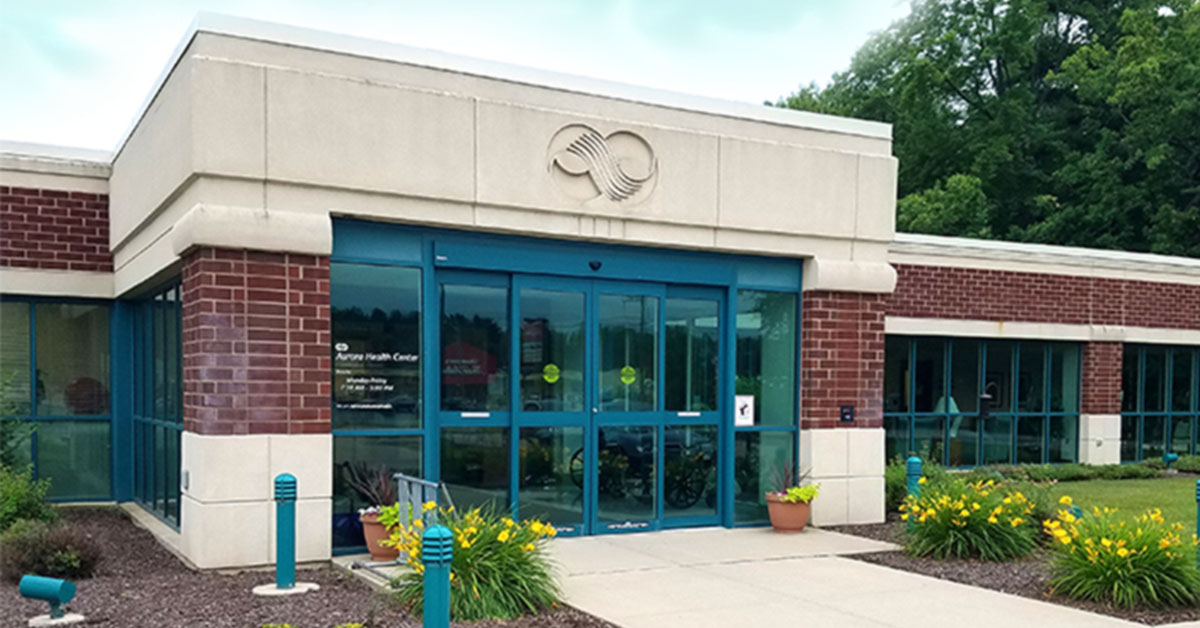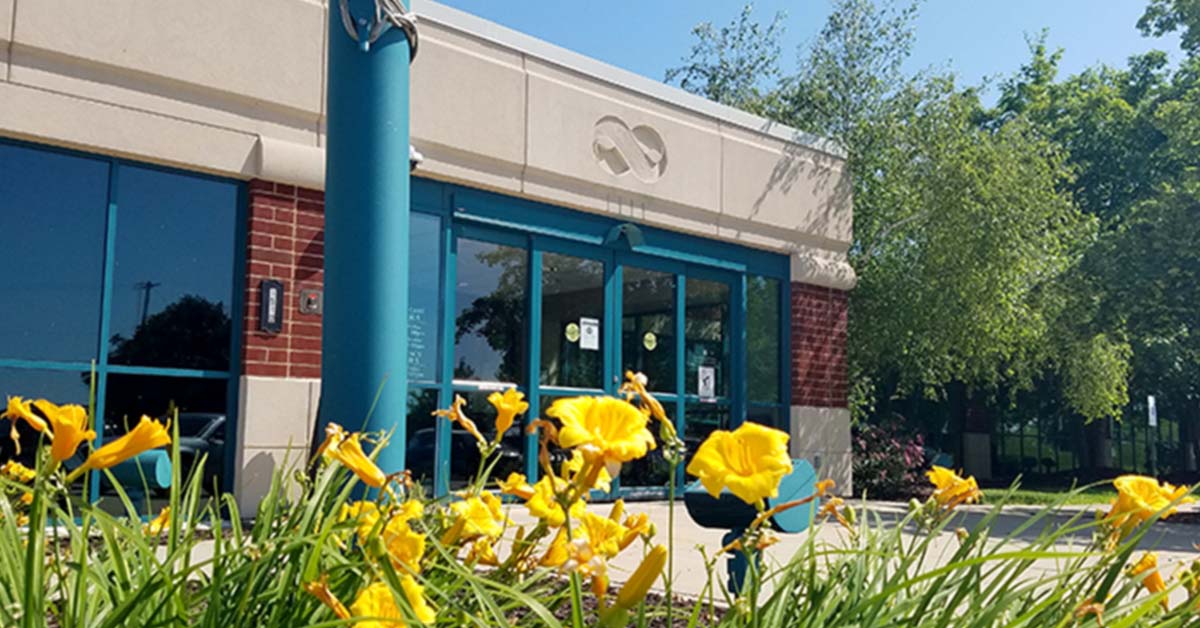Cartilage Restoration
Orthopedics & Sports Medicine
Cartilage restoration options are available
Orthopedics & Sports Medicine BayCare Clinic offers cartilage restoration options, most commonly in the knee and ankle, using the patient's cartilage or cartilage harvested from organ donors.
A cartilage restoration procedure is a treatment option for cartilage defects that haven’t degenerated into arthritis. If left untreated, cartilage damage can cause a pothole-like effect. The type of cartilage restoration procedure depends on the location and size of the cartilage damage.
The goal of cartilage restoration treatment is to address the source of pain, restore quality of life and prevent further damage to the joint.
Our goal at Orthopedic and Sports Medicine BayCare Clinic is to create an individualized care plan. We aim to help people return to their normal activities as quickly and safely as possible.
Restoration using the patient’s cartilage and bone
During osteoarticular transfer system, or OATS, surgery, damaged cartilage is replaced with a small plug of bone and healthy cartilage from another area of the patient’s joint.
Restoration using donor cartilage
Cartilage restoration procedures also can be done using donor cartilage grafts in much the same way that OATS surgery uses the patient’s cartilage and bone. A plug of donor bone and cartilage replaces damaged cartilage. This procedure is typically used when there is a larger area of damaged cartilage that would result in significant compromise of a patient’s cartilage if done using their healthy cartilage and bone.
Restoration using the patient’s cartilage cells
In a cell-based transplantation procedure, the patient's healthy cartilage cells are removed using arthroscopic instruments and sent to a specialized lab. After about six weeks, these cells will have grown enough to proceed with a second surgery. The lab-grown cells are applied to the damaged area, helping to form new cartilage.
The cell-based transplantation procedure is most often used for younger patients, including adolescents, because of its durability. It can be used only when there is healthy cartilage that can be removed and sent to the lab to grow. Studies have shown as many as 75 percent to 85 percent of patients report excellent results even 10 years after such a procedure.
